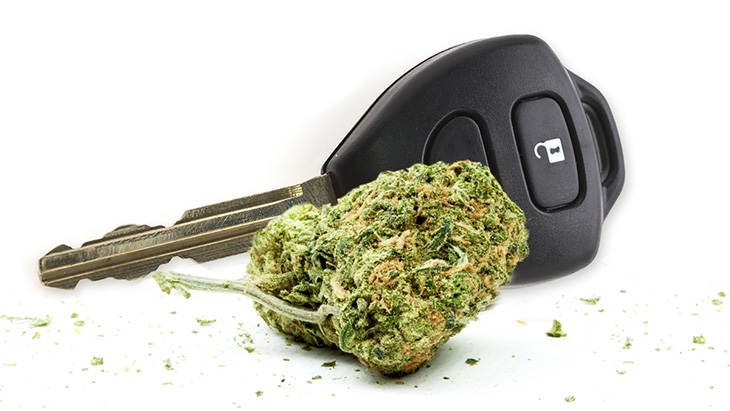
Republican Governor Eric Holcomb has signed legislation into law to provide a legal defense for those motorists charged with violating the state’s marijuana per se traffic safety law.
The legislation provides an affirmative defense for those motorists who test positive for the presence of either THC or its metabolite, but who are not responsible for a traffic accident and who show no evidence of intoxication. The new law takes effect on July 1, 2021.
Under the state’s existing traffic safety laws, it is illegal to operate a motor vehicle with any detectable level of either THC or THC metabolites in one’s blood or urine, even absent any further evidence of psychomotor impairment.
NORML has consistently opposed the imposition of THC per se limits, opining that such thresholds are not evidence-based and that they may lead to the criminal prosecution of people who consumed cannabis several days previously but are no longer under its influence. NORML’s Deputy Director Paul Armentano recently testified in favor of legislation, Assembly Bill 400, repealing per se limits in Nevada. Last month, a California-appointed task force consisting of representatives from the National Highway Traffic Safety Administration (NHTSA), the California Highway Patrol, the California Office of Traffic Safety, the American Automobile Association (AAA), and California NORML issued recommendations to the state legislature opposing the imposition of per se limits for cannabinoids.
Six states – Illinois, Montana, Nevada, Ohio, Pennsylvania, and Washington – impose various per se limits for the detection of specific amounts of THC in blood while ten states (Arizona, Delaware, Georgia, Indiana, Iowa, Michigan, Oklahoma, Rhode Island, Utah, and Wisconsin) impose zero tolerant per se standards. In these states, it is a criminal violation of the traffic safety laws to operate a motor vehicle with detectable levels of THC in blood – even absent any demonstrable evidence of psychomotor impairment.
Additional information on cannabis, driving performance, and traffic safety is available from NORML here.










